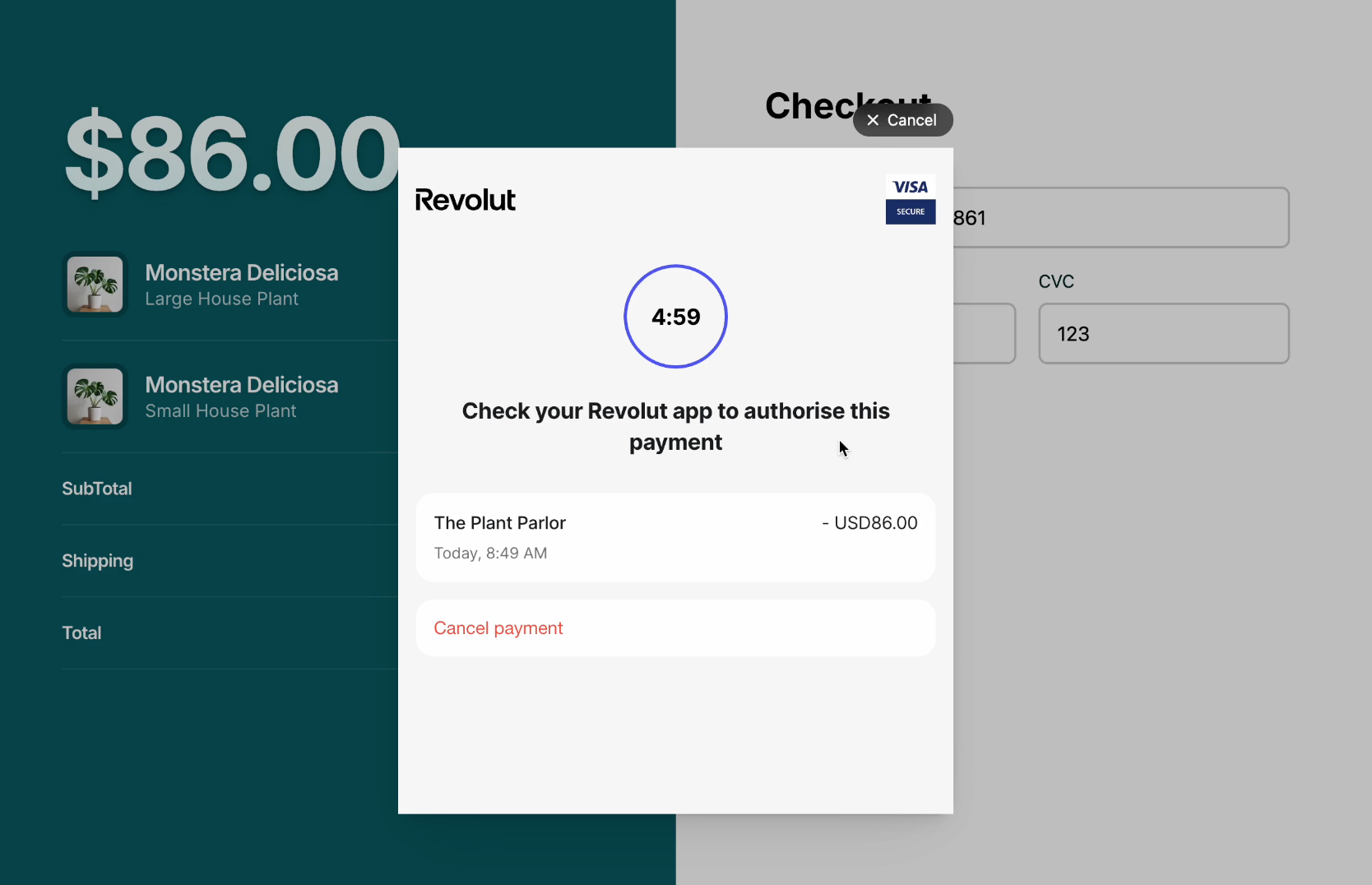3D-Secure (3DS) adds an extra layer of authentication for online card transactions, ensuring payments are legitimate by requiring cardholders to verify their identity. Let’s dive into what 3D-Secure is, its pros and cons, and how you can implement it effectively.
What is 3D-Secure?
At its core, 3D-Secure (Three-Domain Secure) connects three entities: the merchant’s bank, the card issuer (like Visa or MasterCard), and the protocol’s infrastructure. It acts like an extra security gate for online purchases.
The purpose is to make online transactions more secure by requiring the cardholder to authenticate the purchase, usually through a one-time password (OTP), biometric authentication, or their banking app. In many regions, including the EU, Australia, India, and Japan, 3D-Secure is now mandatory for certain types of transactions, making it essential for businesses to implement as part of their payment security strategy.
How Does 3D-Secure Work?
Here’s how it actually plays out:
- Cardholder Initiates Payment: The buyer enters their card details.
- Challenge: The cardholder is redirected to their bank’s page or app for authentication.
- Verification: Buyer authenticates using OTP or biometric methods.
- Completion: After successful verification, the transaction proceeds.
 An example of a 3D-Secure process
An example of a 3D-Secure processBenefits of 3D-Secure
- Reduced Fraud: Adding an extra layer of authentication, such as OTPs or biometrics, makes it harder for unauthorized users to complete transactions with stolen card details.
- Chargeback Protection: Since banks help authenticate, merchants benefit from a shift in liability. Once a transaction is authenticated, the responsibility for fraudulent chargebacks moves from the merchant to the card issuer, minimizing the financial impact on your business.
- Compliance: 3D-Secure helps businesses meet regulatory requirements, particularly in regions where Strong Customer Authentication (SCA) is mandated. Regulations like PSD2 in Europe require businesses to implement secure authentication methods for online transactions, ensuring that they meet the necessary legal standards for fraud prevention.
Drawbacks of 3D-Secure
While 3D-Secure tightens security, it’s not all smooth sailing:
- Complexity in Implementation: Traditional 3DS setups are resource-intensive, requiring compliance with complex standards and integrations across payment processors, which can be costly.
- Fragmented User Experience: When managing different 3DS flows across multiple processors, businesses often end up with inconsistent user experiences, leading to confusion and frustration for customers.
- Impact on Conversion Rates: 3D-Secure Version 2 brought an improved “frictionless flow,” where low-risk transactions can be authenticated without a challenge. However, for higher-risk transactions, the traditional challenge flow is still required, which can introduce friction and lead to cart abandonment, especially if the process is slow or not optimized for user experience.
How to Implement 3D-Secure
1. Via a Payment Gateway
Gateways like Stripe or PayPal offer 3DS as a built-in feature. You simply toggle it on and integrate with their API. While this is convenient, there are some downsides:
- Vendor Lock-In: Relying on a gateway’s 3DS ties your business to that specific processor, limiting flexibility. If you want to switch providers for better fees, features, or coverage, it becomes a hassle.
- Lack of Customization: Gateway-based 3DS often lacks the flexibility you need for unique business models. You’re stuck with their predefined flows, which may not suit your risk levels or customer preferences.
- Limited Control: Payment gateways prioritize their overall ecosystem. As a result, 3DS performance can be slower or less reliable, particularly in high-volume scenarios where milliseconds can make a difference in conversions.
2. Third-party 3D-Secure Solutions
For businesses seeking flexibility and independence from payment processors, third-party 3D-Secure solutions can provide a more better approach. One option is Evervault, which offers a developer-friendly API that simplifies 3DS implementation while ensuring high security and performance.
- Independence: Use 3DS regardless of which payment processor you're tied to.
- Customizable API: Provides a developer-friendly API that can be customized to suit different use cases and risk levels.
- Efficient: The API ensures smooth transaction authentication, reducing friction and abandonment rates by speeding up the process.
- Scalable: As your transaction volume grows, the platform can scale to handle the increased load efficiently.
3D-Secure is essential for securing online payments and reducing fraud, but it’s not without its challenges. The key is balancing strong security with a seamless user experience. While traditional setups can add friction, third-party solutions help businesses implement 3DS in a way that minimizes user friction without sacrificing security.


